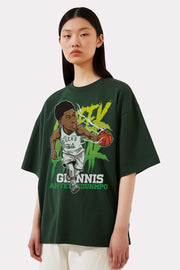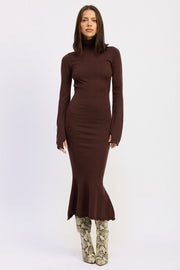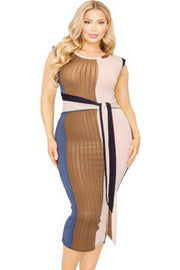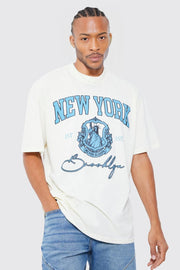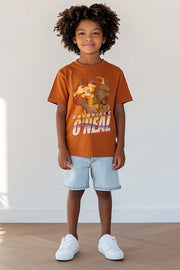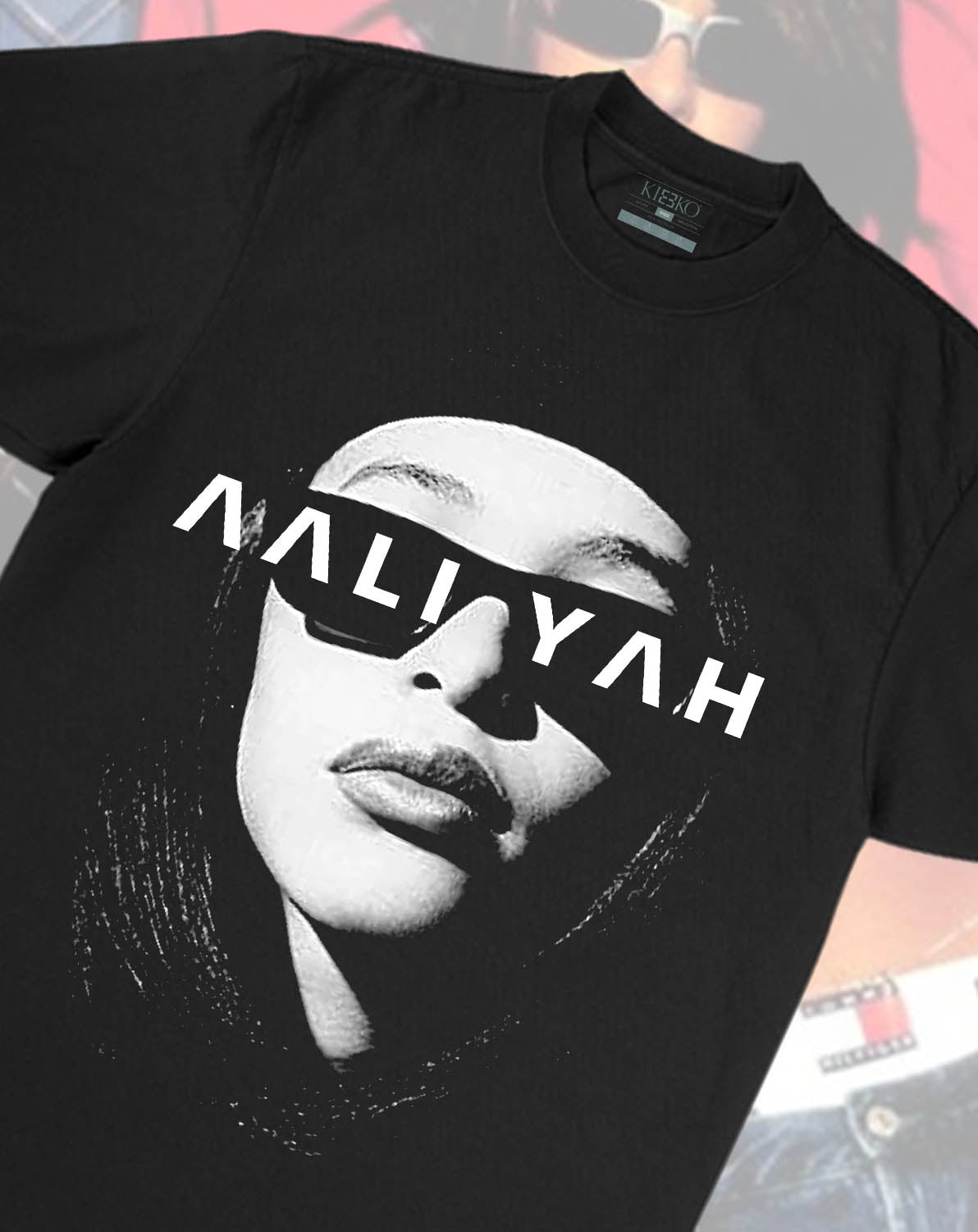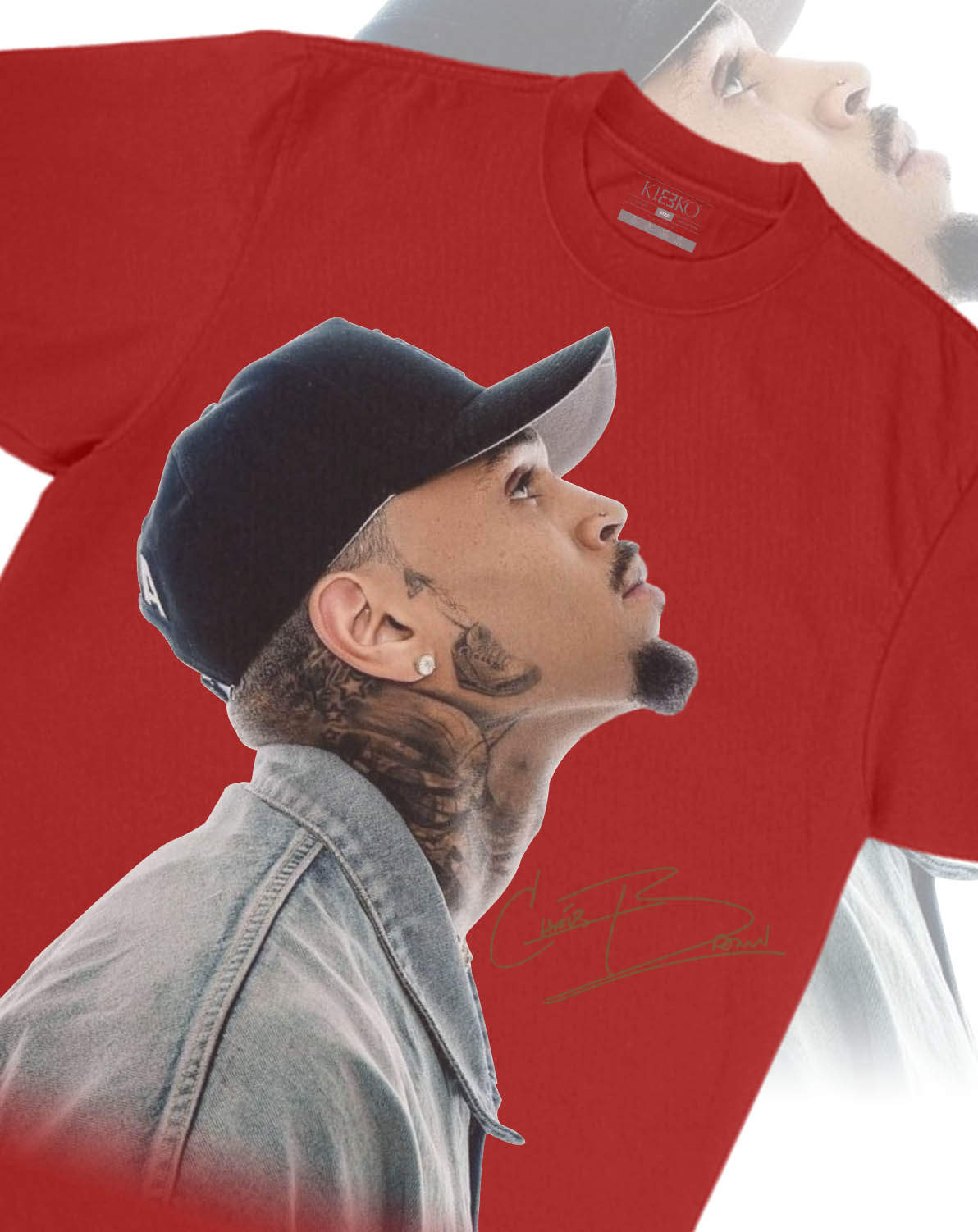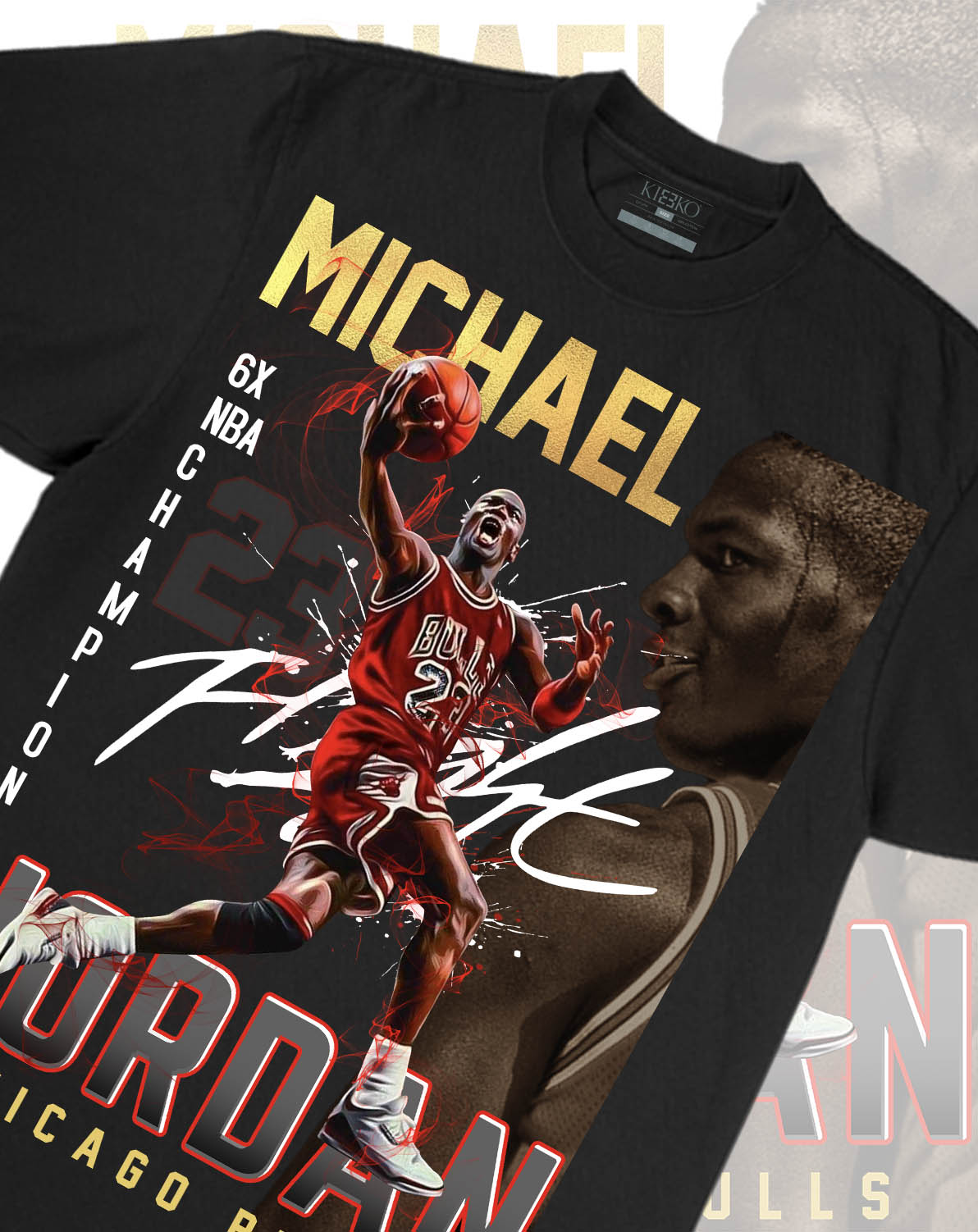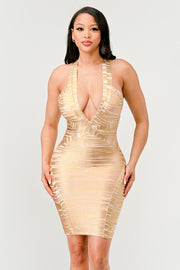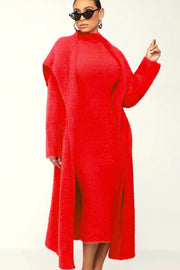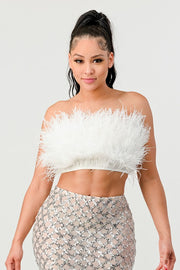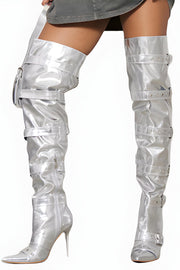Turn your ideas into heat-pressed perfection with Kioko Direct-to-Fim (DTF) printing. Our Direct-to-Film transfers deliver bold, vibrant, and durable designs with unmatched color accuracy. Whether you’re printing on cotton, polyester, or blends, DTF technology ensures long-lasting results that pop on every fabric.
Perfect for custom apparel, merch, and promotional projects, Kioko gang sheets make production easy and efficient. Trusted by creators and businesses alike—don’t just take our word for it, check the reviews and see why Kioko DTF printing stands out.
